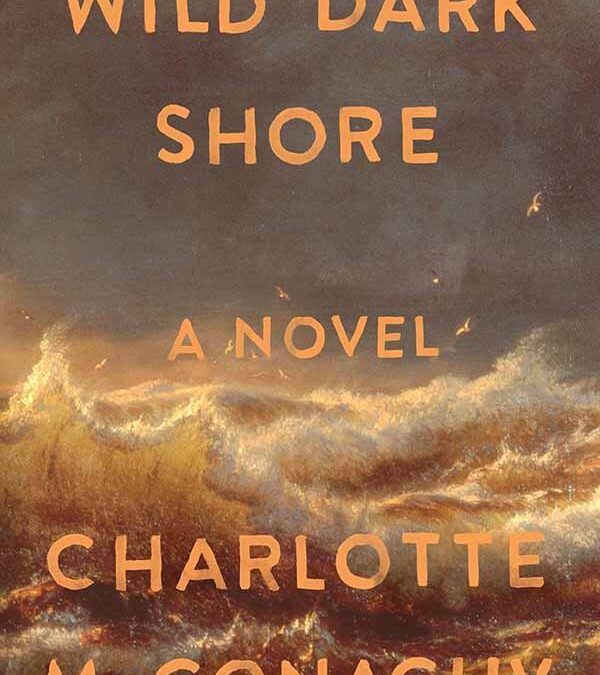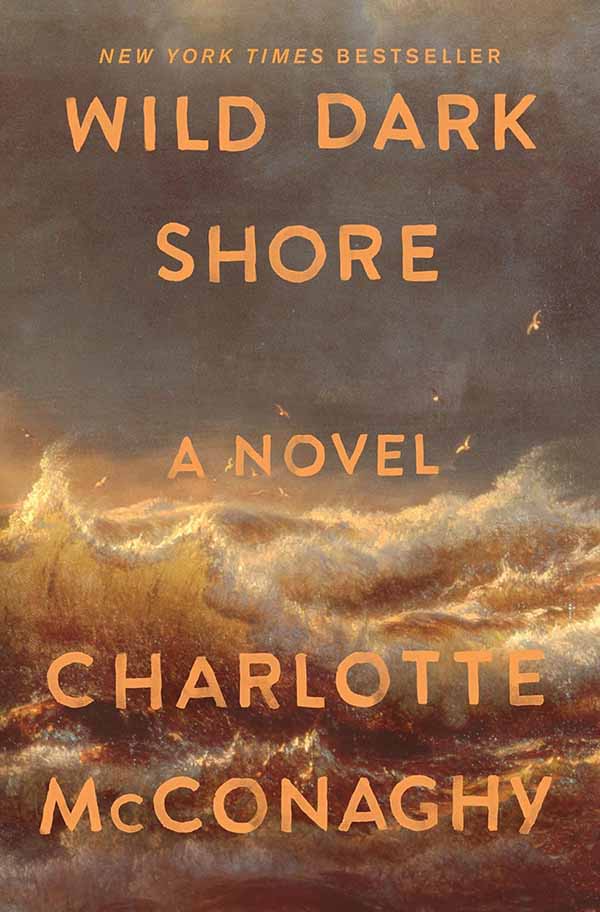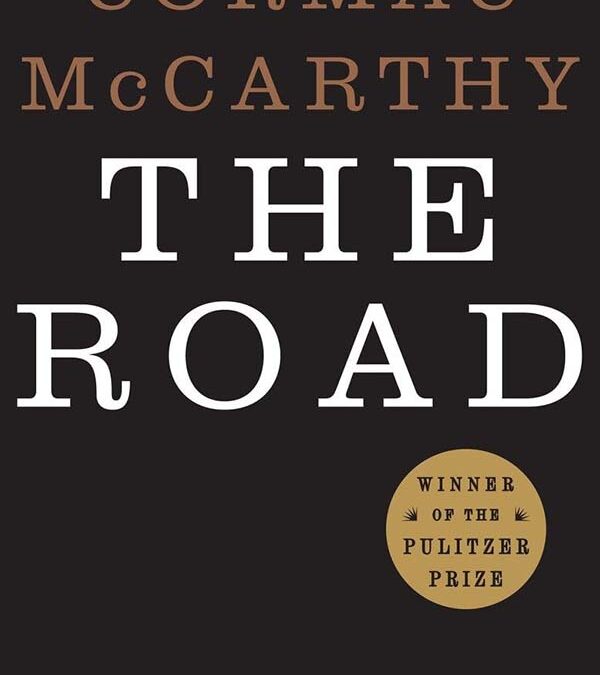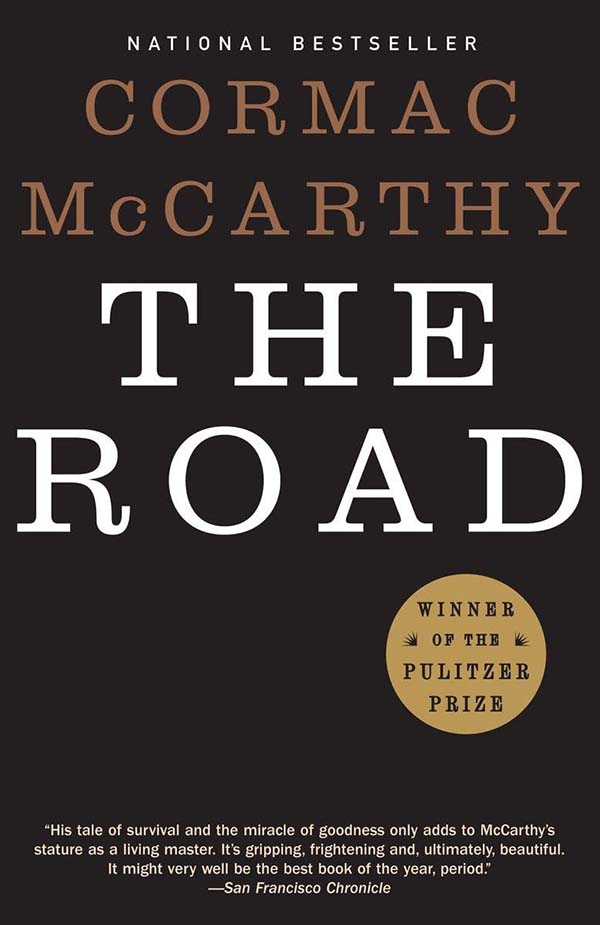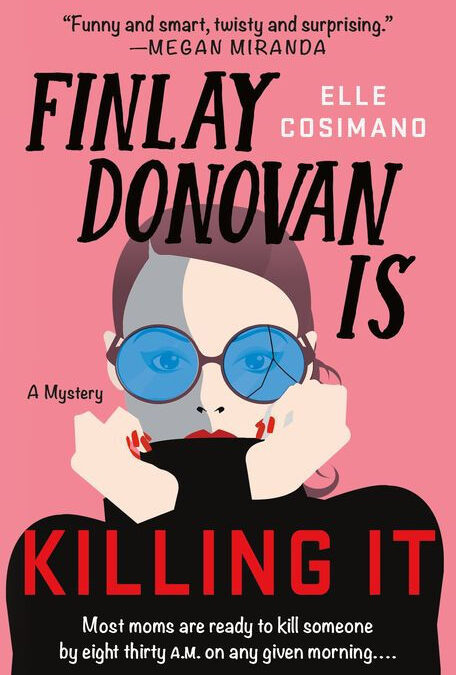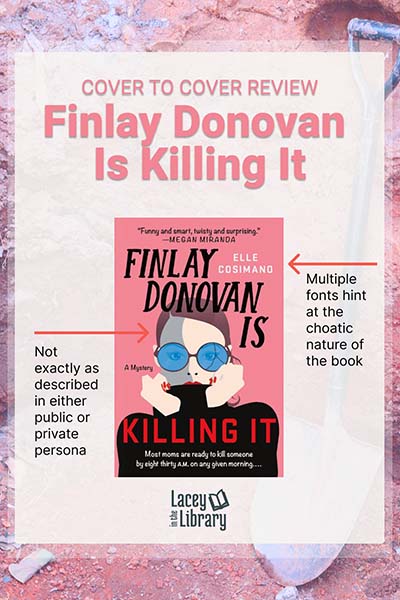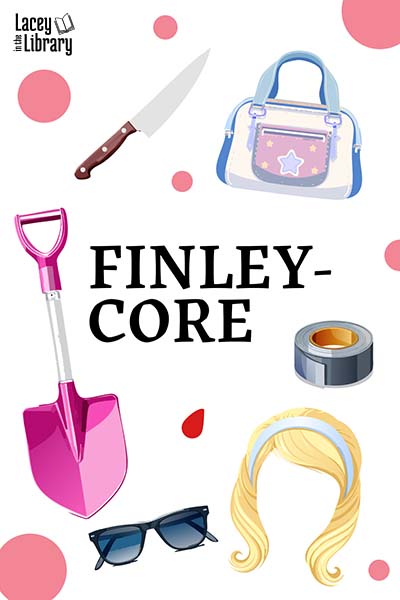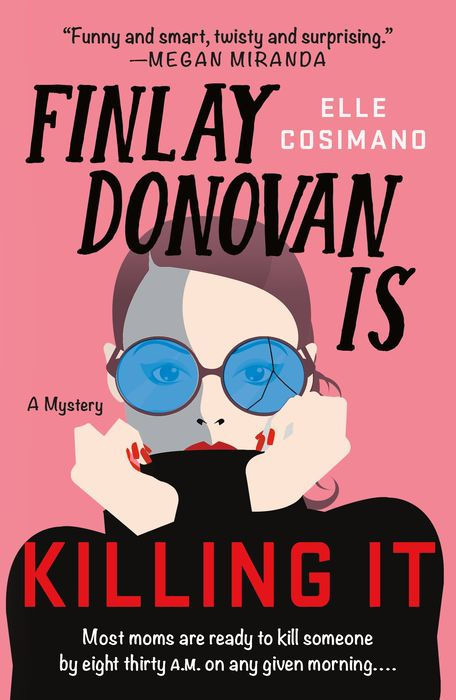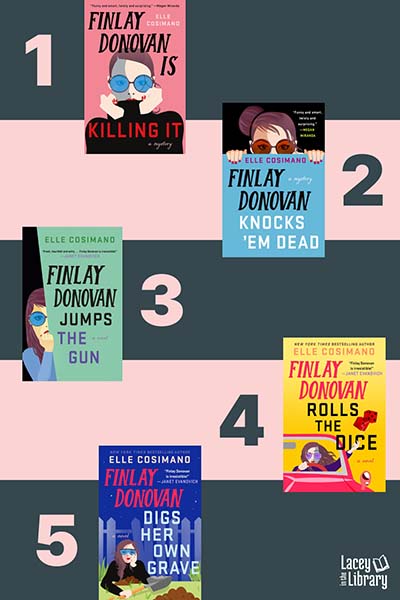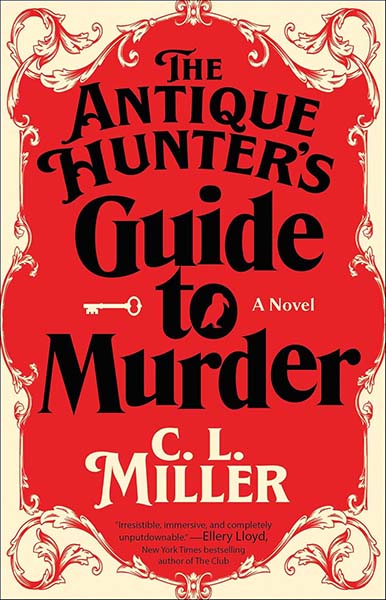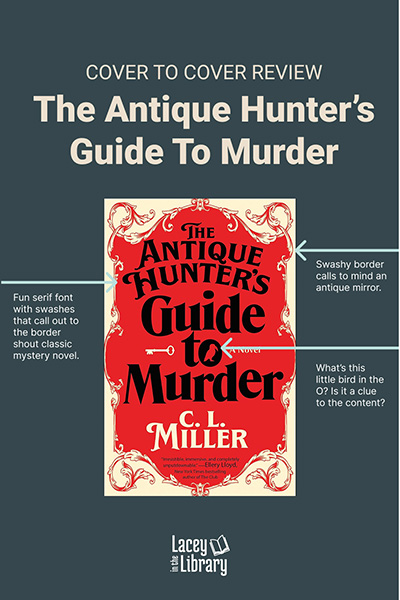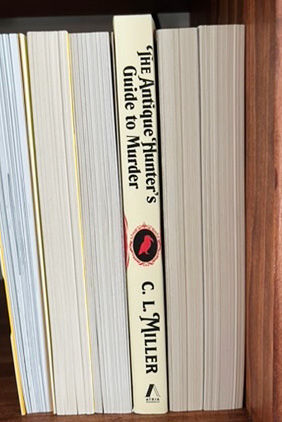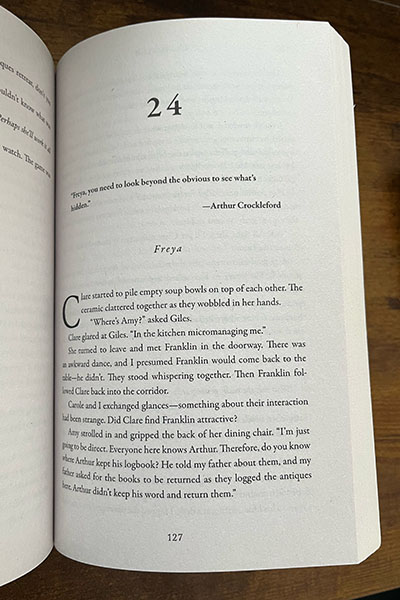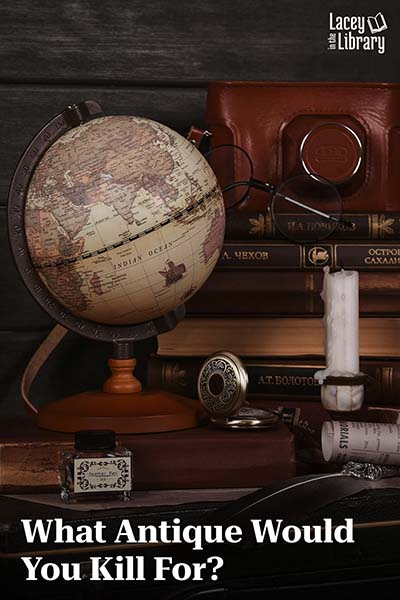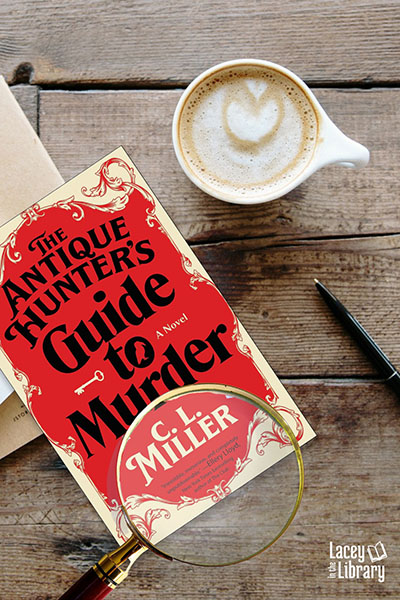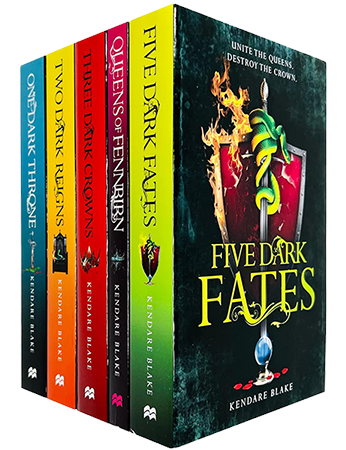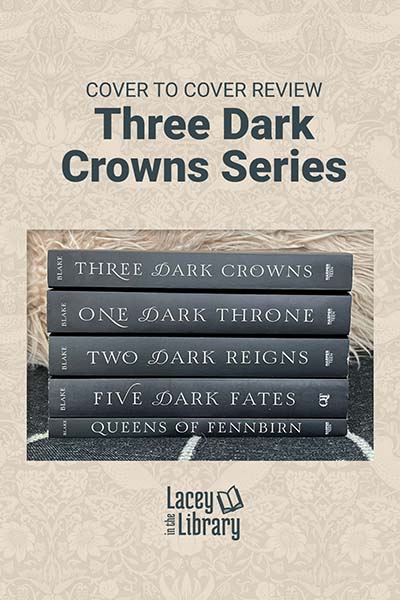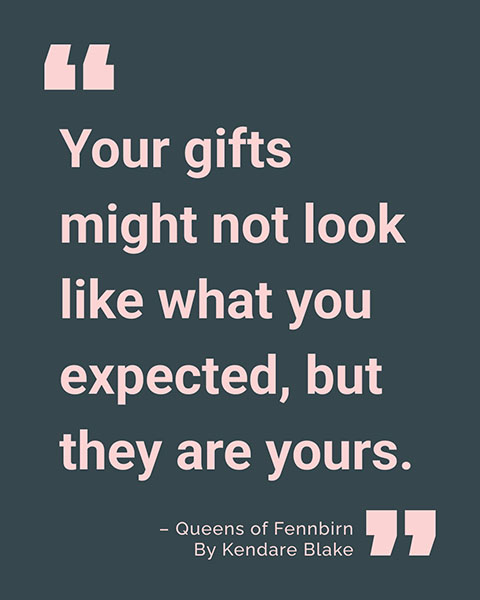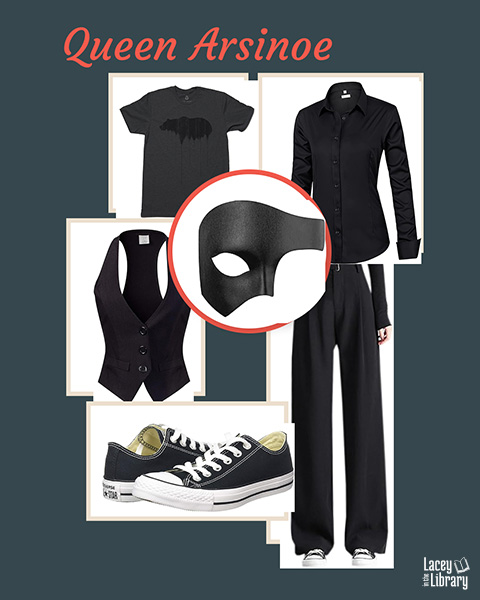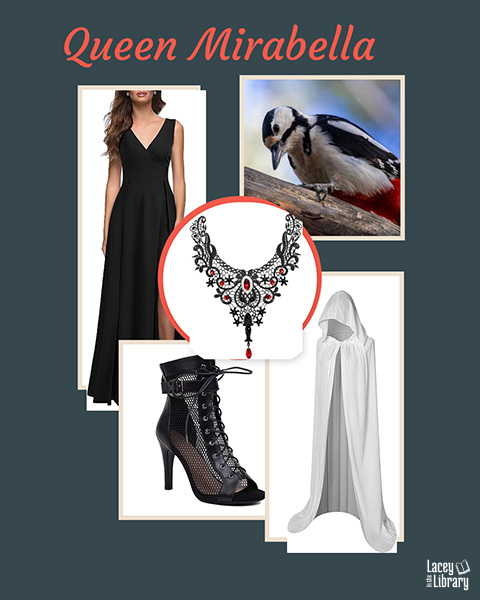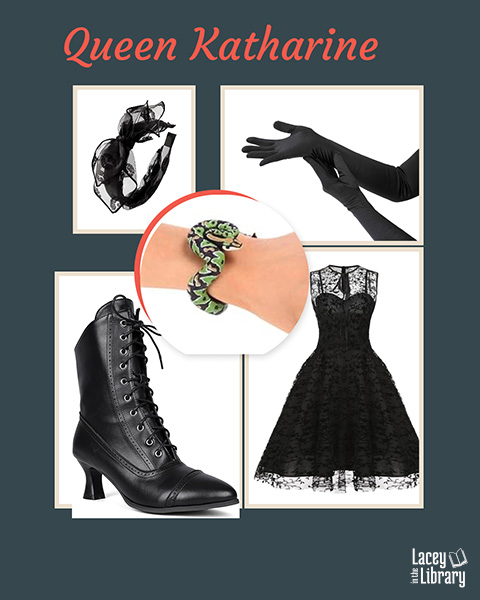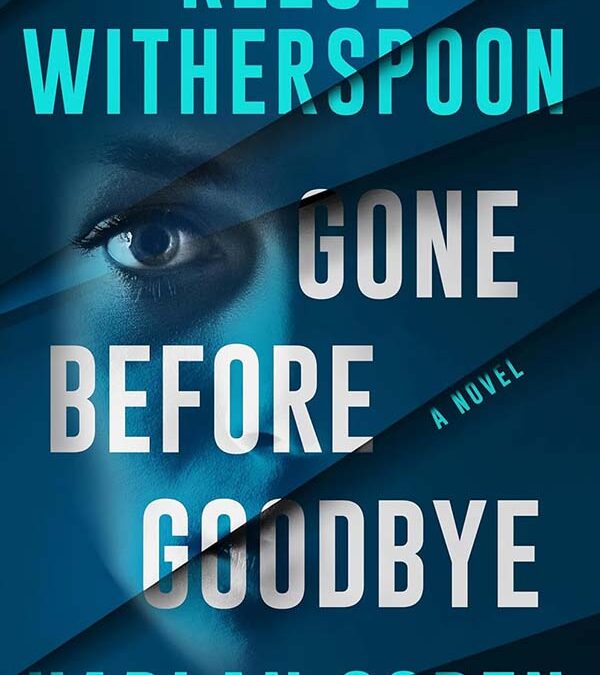
Book Review: Gone Before Goodbye by Reese Witherspoon & Harlan Coben
Gone Before Goodbye
Every once in a while, a book hits the shelves with so much buzz that you can’t help but wonder: Is it the hype… or the names on the cover? With Reese Witherspoon teaming up with Harlan Coben, Gone Before Goodbye definitely had me curious. I’d seen the chatter on Instagram, spotted it during an innocent stroll through Costco (dangerous), and suddenly found myself tossing it into my cart. Reader, I’m glad I did. This thriller wastes no time pulling you into its high-stakes world, and while the premise is wild, the emotional undercurrent is what kept me turning pages.
This post may contain affiliate links. If you click on them and make a purchase, I may earn a small commission at no extra cost to you. As an Amazon Associate I earn from qualifying purchases.
Hype Report
Goodreads is giving this one a 3.78 right now. I am inclined to think this is pretty close (I rounded up to 4 stars on my rating).
Appropriately-hyped.
Aesthetic
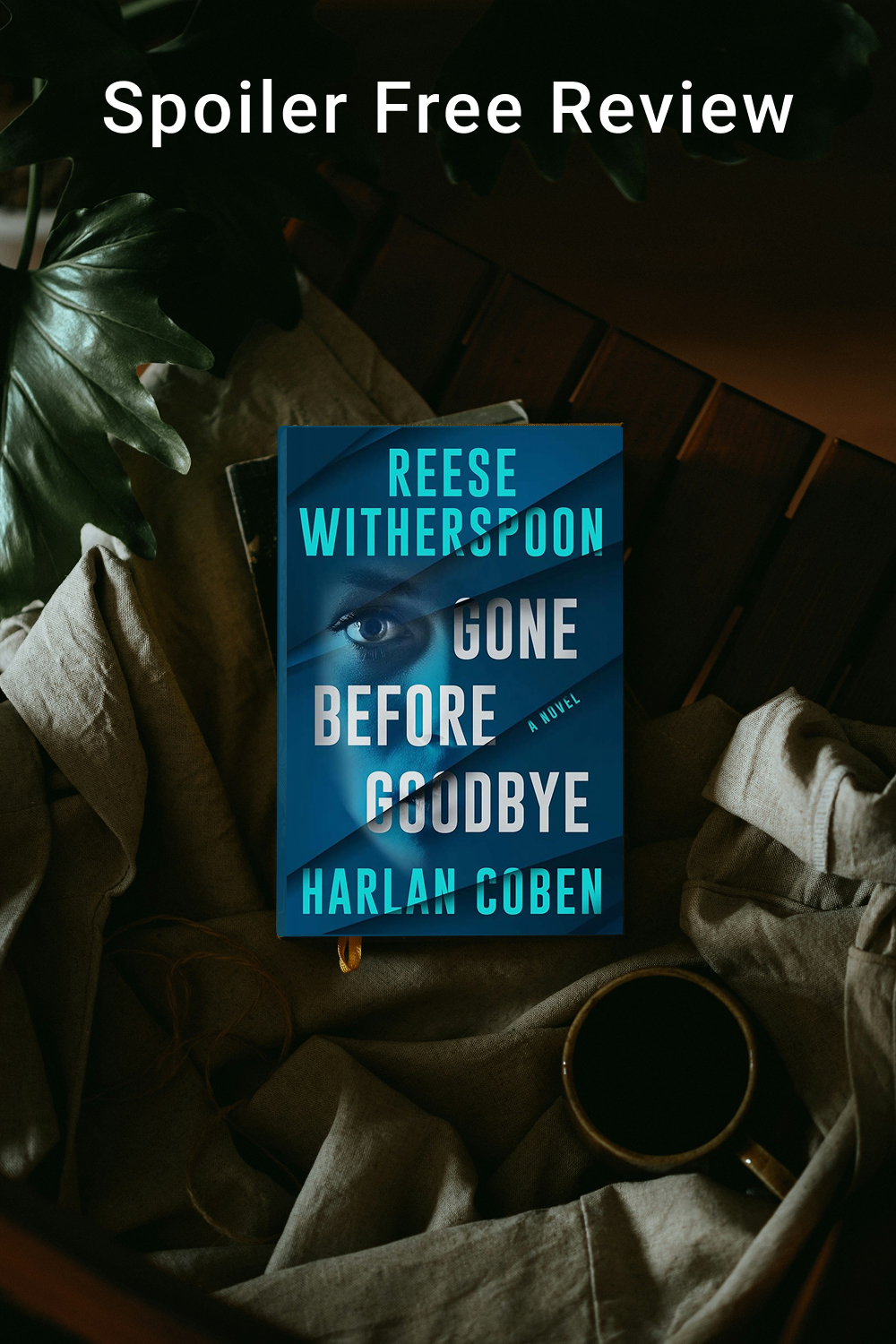
The Cover
The cover of Gone Before Goodbye clearly evokes the thriller genre. It is a monotone blue with a mysterious face and unexplained slashes. More importantly, however, is that the title and the author names are nearly equal in visual importance. This exemplifies the publisher banking on the big-name star and well-established author pairing to sell copies of this book. It’s working.
Interior
No fripperies here. Gone Before Goodbye has comfortable margins for annotating. Clean and clear delineation between chapters and sections. The font choices, spacing, and sizing are easy to read.
Did the design affect whether I bought the book?
I think I fell into the curiosity buy category. I had heard about Gone Before Goodbye on Instagram and seen a couple of positive reviews. So when I happened across it in Costco, I decided to treat myself. I barely glanced at the cover long enough to see “Reese…”
Summary
In Short
In Gone Before Goodbye, a recently unlicensed doctor takes an off-the-books job that turns dangerous.
From the Publisher
From the Publisher:
AN INSTANT #1 NEW YORK TIMES BESTSELLER
An unforgettable suspense novel that combines the storytelling talents of Academy Award-winning actor Reese Witherspoon and internationally bestselling author Harlan Coben. Gone Before Goodbye is the story of a woman trapped in a deadly conspiracy—where uncovering the truth could cost her everything.
Maggie McCabe is teetering on the brink. A highly skilled and renowned Army combat surgeon, she has always lived life at the edge, where she could make the most impact. And it was all going to plan … until it wasn’t.
Upside down after a devastating series of tragedies leads to her medical license being revoked, Maggie has lost her purpose, but not her nerve or her passion. At her lowest point, she is thrown a lifeline by a former colleague, an elite plastic surgeon whose anonymous clientele demand the best care money can buy, as well as absolute discretion.
Halfway across the globe, sequestered in the lap of luxury and cutting-edge technology, one of the world’s most mysterious men requires unconventional medical assistance. Desperate, and one of the few surgeons in the world skilled enough to take this job, Maggie enters his realm of unspeakable opulence and fulfills her end of the agreement. But when the patient suddenly disappears while still under her care, Maggie must become a fugitive herself—or she will be the next one who is … Gone Before Goodbye
Character Analysis
Maggie, the main character, has been through it. She’s flawed, but aware of her own shortcomings. She is capable and strong, but grieving and vulnerable. While I wouldn’t call her relatable (I’m no war-zone surgeon), she is likeable and easy to empathize with. Layers are revealed throughout the story, and the character does develop believably.
Porkchop is lovable, if a bit mysterious. He clearly has layers that are unexplored, but hinted at. The side characters in Gone Before Goodbye make you want to see more from this author duo just to dig into these other characters’ complexity.
Writing Style
Gone Before Goodbye is much more plot-driven than character-driven. Overall, this is a pretty fast-paced read, but there are poignant moments of stillness and reflection that help keep the reader connected to the emotional stakes as well as the life and death ones.
Themes
Themes of grief underpin and to a degree, drive the story forward. The adage “the road to ruin is paved with good intentions” sums up the most overt theme in the book. Who can you trust? When everyone’s telling you a different story and telling you that you can’t trust anyone else, how do you decide who to put your faith in?
Critical Evaluation
Gone Before Goodbye has all the necessary elements to make a good thriller. It hooks you early and keeps you engaged throughout the entire story. There is a reveal at the end. Witherspoon and Coben go beyond the necessary and inject vulnerability and heart into the story.
Personal Opinion
I’m a fan of Reese Witherspoon and Harlan Coben separately, but was not sure what a mashup of their talents would be like. I’m glad I took the chance on it because this book is great! I was in from the first chapter.
Recommendation
Thriller readers, give it a go and tell me what you think! Other genre lovers, this could be a good opportunity to dip your toe into the genre.
Were you surprised to see Reese Witherspoon as a thriller author?
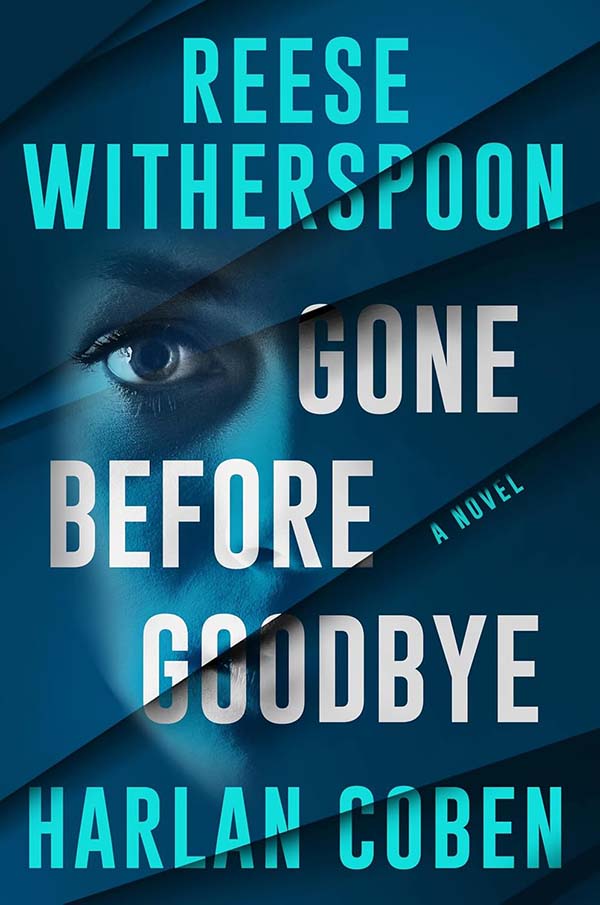
Buy This Book
May your life be as full as your bookshelf and as long as your TBR list.
Happy Reading!

